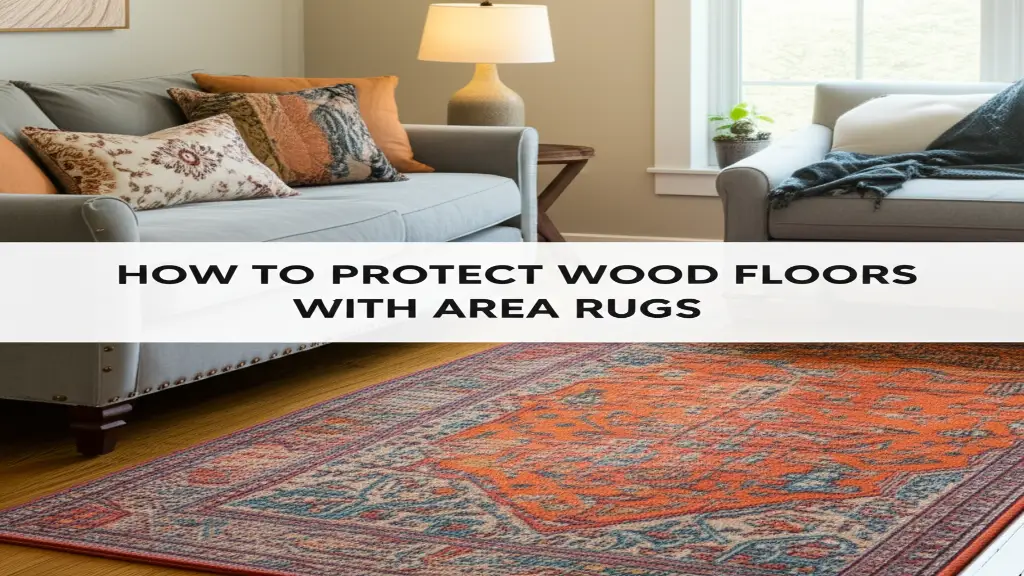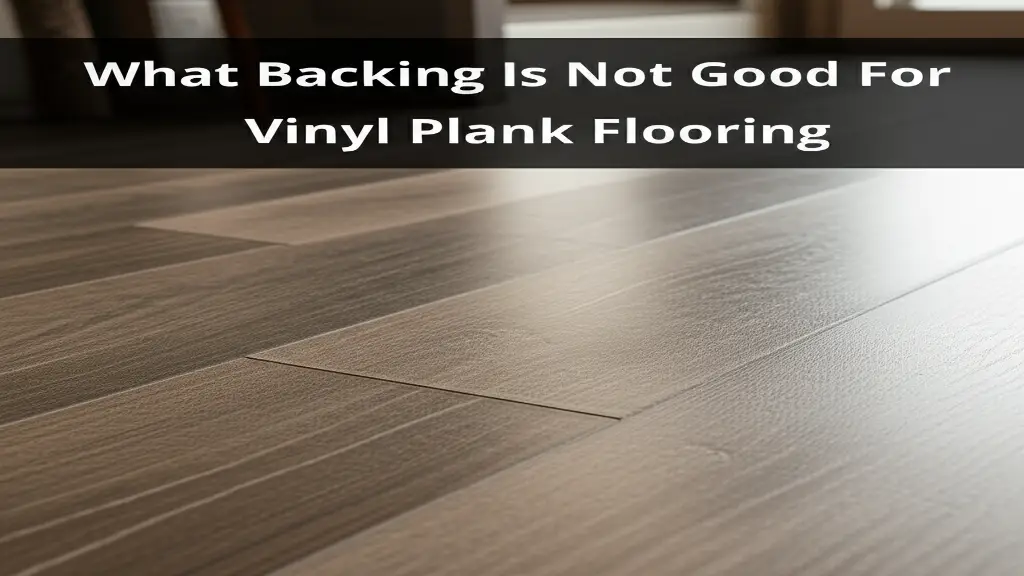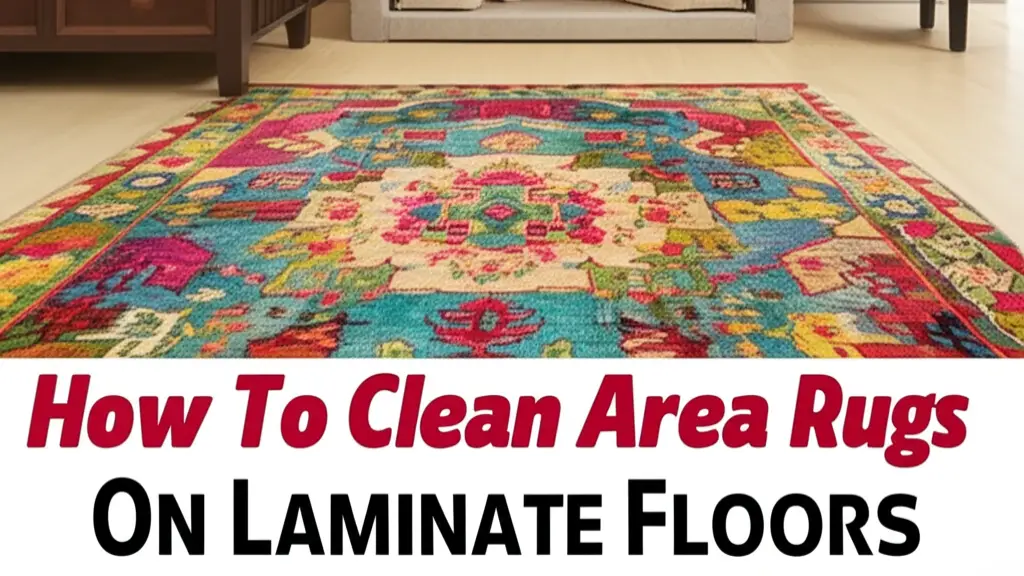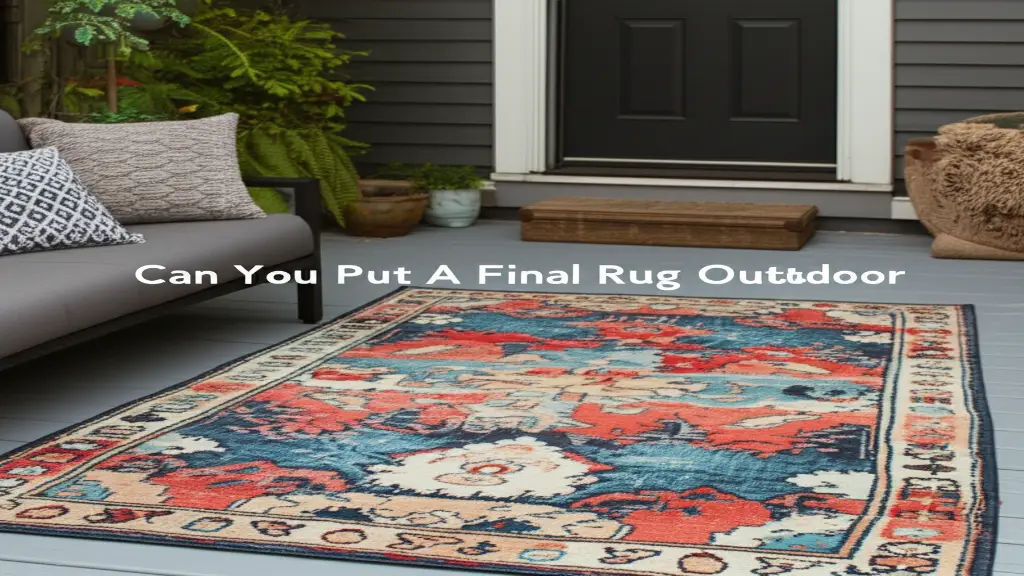· Todd Martin · Floor Cleaning · 12 min read
How To Keep Outdoor Rugs From Blowing Away On Concrete
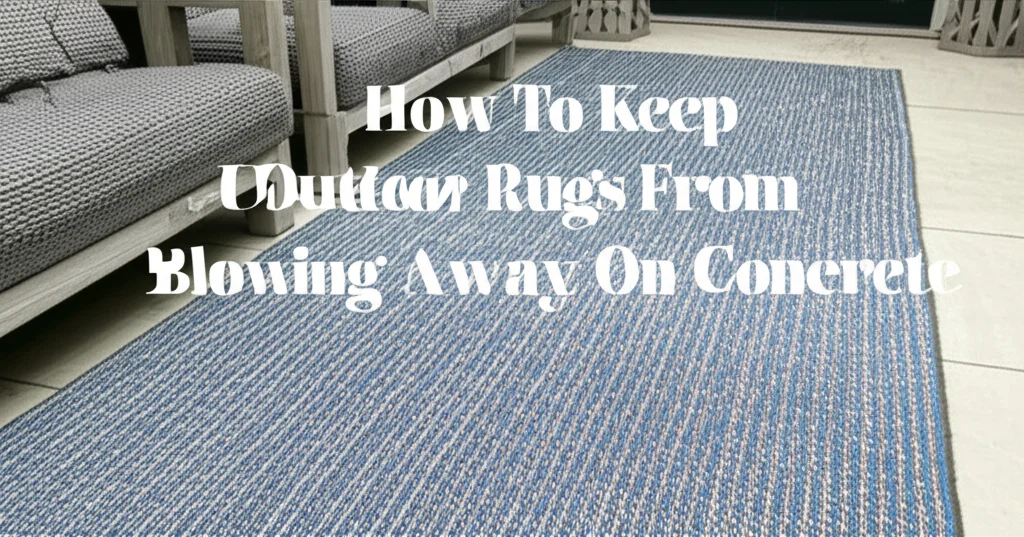
How To Keep Outdoor Rugs From Blowing Away On Concrete: 8 Practical Solutions
Introduction
Anyone who has invested in a beautiful outdoor rug to enhance their patio or deck knows the frustration of coming home to find it flipped over, bunched up, or blown completely away after a windy day.
Keeping outdoor rugs from blowing away on concrete surfaces can be particularly challenging since the smooth, hard surface offers little natural grip. Whether you’re dealing with occasional breezes or regular strong winds, securing your outdoor rug properly is essential for both appearance and safety.
In this comprehensive guide, we’ll explore effective methods to keep your outdoor rugs firmly in place on concrete surfaces, so you can enjoy your outdoor space without constant adjustments or replacements.
Key Takeaways
- Double-sided tape and rug pads provide simple, effective solutions
- Specialized outdoor rug anchors offer strong wind resistance
- DIY methods can be cost-effective alternatives
- Proper rug selection can minimize wind-related issues
- Regular maintenance helps extend your solution’s effectiveness
Quick Answer: To keep an outdoor rug from blowing away on concrete, use double-sided carpet tape along the edges, install specialized outdoor rug anchors, place furniture strategically on the corners, or invest in a heavy-duty non-slip rug pad designed for outdoor use on concrete surfaces.
Why Outdoor Rugs Blow Away on Concrete
Before diving into solutions, it’s important to understand why outdoor rugs are so prone to blowing away on concrete surfaces. Unlike carpet or grass that provides natural texture and grip, concrete presents a smooth, non-porous surface that creates minimal friction with rug backing. This issue is compounded by several factors:
Environmental Challenges
Outdoor spaces naturally experience more air movement than indoor areas. Even a mild breeze can catch the edge of a lightweight rug and start the lifting process. In open areas or regions prone to strong winds, this problem becomes even more pronounced.
Wind creates uplift forces similar to those affecting airplane wings. When air moves faster over the top of the rug than underneath it, negative pressure develops, literally pulling the rug upward. The lighter the rug and the smoother the surface below, the less force required to create this lifting effect.
Material and Design Factors
The weight, material, and construction of your outdoor rug significantly impact its stability. Lightweight, synthetic rugs with minimal backing are most susceptible to movement. Even heavier rugs can shift or lift at the edges when exposed to consistent wind or gusts.
Additionally, the size and shape of your rug matter. Larger rugs have more surface area for wind to catch, but they also have more weight to keep them in place. Rugs with curved edges or irregular shapes may create additional opportunities for wind to get underneath.
Understanding these principles helps explain why simply placing a rug on concrete often isn’t sufficient and why targeted solutions are necessary for different situations.
Best Products to Secure Outdoor Rugs on Concrete
When looking for commercial solutions to keep your outdoor rug in place, several effective products are specifically designed for concrete surfaces:
Double-Sided Carpet Tape
Double-sided carpet tape remains one of the most popular and effective methods for securing rugs to concrete. Look for products specifically labeled for outdoor use, as these contain adhesives formulated to withstand temperature fluctuations and moisture.
Pros:
- Easy to apply with minimal tools required
- Creates a strong bond between rug and concrete
- Relatively inexpensive compared to other solutions
- Invisible once installed
Cons:
- May leave residue on concrete when removed
- Needs replacement after cleaning the rug
- Less effective in extremely hot conditions when adhesive can soften
For best results, ensure both the concrete surface and rug backing are completely clean and dry before application. Apply strips of tape around the entire perimeter of the rug and in a grid pattern across larger areas.
Non-Slip Rug Pads for Concrete
Specialized outdoor rug pads create friction between the rug and concrete while adding cushioning and protection. When choosing a rug pad for concrete, look for options specifically designed for outdoor use with materials resistant to moisture and mildew.
Best features to look for:
- Open weave or grid design for proper drainage
- UV-resistant materials to prevent deterioration
- Rubber or PVC composition for better grip on smooth surfaces
- Proper thickness (usually 1/4” to 3/8” for outdoor applications)
Quality outdoor rug pads typically cost more upfront than tape solutions but offer better longevity and don’t leave residue on your concrete surface. They also provide the added benefit of extending rug life by reducing wear on the backing.
Outdoor Rug Anchors and Weights
For areas with stronger winds or when you prefer not to use adhesives, mechanical anchoring systems offer excellent stability:
Corner weights sit atop the rug corners, using gravity to keep the rug in place. Modern designs blend aesthetically with outdoor decor while providing enough mass to prevent movement.
Clip-style anchors work by pinching the rug edges and securing to the ground with stakes or suction mechanisms modified for hard surfaces.
Specialty concrete anchors use innovative attachment methods like suction cups with enhanced grip or special brackets that create tension across the rug surface.
These solutions range from affordable DIY options to more expensive professional-grade systems, giving you flexibility based on your specific needs and budget.
DIY Methods to Keep Outdoor Rugs in Place
If you prefer homemade solutions or need an immediate fix, several DIY approaches can effectively secure your outdoor rug to concrete:
Homemade Weights and Anchors
Creating your own rug weights is straightforward and can be customized to match your outdoor decor:
Decorative plant pots: Place small, heavy planters at each corner of your rug, serving both functional and aesthetic purposes.
Weighted bags: Sew small pouches from outdoor fabric and fill with sand or pebbles. These can be tucked under corners or edges of the rug, making them practically invisible.
Repurposed household items: Items like decorative rocks, waterproofed brick pavers, or even sealed containers filled with sand can serve as effective anchors when strategically placed.
For a more permanent DIY solution, consider creating tension anchors using bungee cords threaded through grommets added to rug corners and secured to nearby fixed objects like deck posts or heavy furniture.
Furniture Placement Strategy
Strategic furniture arrangement provides a dual-purpose solution—defining your outdoor living space while simultaneously anchoring your rug:
- Position heavier pieces like outdoor sofas or dining tables in the center of the rug
- Place chair or table legs on rug edges where possible
- Add outdoor ottomans or side tables specifically to cover vulnerable corners
This approach works particularly well for entertainment areas where furniture would be present regardless, making it an efficient use of resources.
Weather-Resistant Velcro Systems
For a semi-permanent solution that still allows for occasional rug removal:
- Attach heavy-duty outdoor adhesive velcro strips to the concrete using concrete-safe adhesive
- Sew or attach the corresponding velcro pieces to the underside of your rug
- Press firmly together when installing the rug
This method provides excellent hold while still allowing you to remove the rug for cleaning or storage during harsh weather. The concrete-attached velcro can remain in place season after season.
Choosing the Right Outdoor Rug for Concrete Surfaces
Prevention starts with selecting appropriate rugs for your concrete space. The right choice can significantly reduce shifting and wind problems:
Best Materials for Stability
When shopping for outdoor rugs for concrete patios or decks, prioritize these features:
Heavy-duty natural fibers like sisal, jute, or seagrass provide excellent weight and often include substantial backing. While they require more care to prevent moisture damage, their weight makes them less likely to shift in moderate winds.
Polypropylene or olefin synthetic rugs with integrated heavy rubber backing combine weather resistance with added weight. Many manufacturers now produce versions specifically engineered for outdoor concrete placement.
Woven vs. tufted construction affects stability as well. Tightly woven rugs generally resist wind better than loosely tufted alternatives, which can catch air more easily.
The ideal rug will balance aesthetic preferences with practical considerations like weight, backing texture, and edge finishing.
Size and Edge Considerations
Proper sizing dramatically impacts an outdoor rug’s stability on concrete:
- Choose rugs that fit your space with minimal exposed edges
- Consider rugs with finished, bound edges rather than fringed styles
- For particularly windy locations, slightly smaller rugs may perform better than those that extend to area edges
Remember that how to keep outdoor rugs from blowing away often comes down to these initial selection decisions as much as any after-market solutions.
Professional Installation Options
For those seeking permanent, hassle-free solutions, professional installation methods offer superior performance:
Permanent Adhesive Solutions
Professional-grade adhesives designed specifically for outdoor textiles on concrete provide exceptional holding power:
- Specialized outdoor carpet adhesives bond the entire rug surface
- Perimeter-only application methods reduce adhesive quantity while maintaining performance
- Professional application ensures proper preparation and curing
While this approach limits your ability to remove or replace the rug easily, it provides unmatched security in high-wind environments or commercial settings.
Concrete Drilling and Anchoring Techniques
For the ultimate in security, particularly with valuable outdoor rugs:
- Professional concrete anchors can be installed at strategic points
- Custom grommets are added to rug corners and edges
- Specialized connectors secure the rug to the anchors while allowing for seasonal removal
This approach requires professional installation but provides a nearly windproof solution that still allows for rug removal when needed. The concrete anchors remain largely unnoticeable when the rug is removed.
Maintenance Tips for Long-Term Success
Even the best securing methods require proper maintenance to function effectively over time:
Regular Cleaning Procedures
To maintain both your rug and its securing system:
- Vacuum outdoor rugs regularly to prevent dirt from degrading backings
- Clean according to manufacturer specifications without dislodging anchoring systems
- After heavy rain, ensure rugs dry completely to prevent mildew that can compromise securing methods
For rugs secured with adhesives, proper cleaning techniques prevent premature breakdown of the bond. When using outdoor carpet tape for concrete, periodic inspection helps identify areas needing reapplication before problems occur.
Seasonal Considerations
Adapting your approach seasonally significantly extends the lifespan of both rugs and securing methods:
- Remove and store rugs during extreme weather seasons if possible
- In winter climates, prevent freeze-thaw damage by ensuring proper drainage
- Apply additional securing methods during known windy seasons
- Consider rotating rug position to distribute wear evenly
Many homeowners find that how to keep an outdoor rug from blowing away requires different approaches throughout the year, with more robust solutions during storm seasons and simpler methods during calmer periods.
When to Replace Securing Methods
Be alert to these signs that your securing system needs attention:
- Visible curling or lifting at rug edges
- Increased movement after weather events
- Degradation of backing material
- Reduced effectiveness of adhesives or grips
Proactive replacement of securing methods costs less than replacing rugs damaged by repeated wind exposure and movement.
Special Considerations for Concrete Patios
Concrete patios present unique challenges that may require specialized approaches:
Working with Stamped or Textured Concrete
Textured concrete surfaces actually provide some advantages for rug stability but complicate certain securing methods:
- Carpet tapes may not adhere properly to deeply textured surfaces
- Rug pads with pronounced grip patterns perform particularly well
- Liquid rubber products can fill texture gaps for improved adhesion
For extremely textured concrete, mechanical anchoring often outperforms adhesive methods. Understanding how to keep outdoor rugs down on concrete with texture requires matching the securing method to your specific surface pattern.
Protecting Concrete Surfaces
While keeping your rug in place, also protect your concrete investment:
- Use non-staining securing products specifically rated for concrete
- Choose solutions that allow moisture to evaporate rather than trapping it
- Consider whether outdoor rugs ruin concrete through color transfer or backing degradation
For valuable or decorative concrete surfaces, test any adhesive or securing product in an inconspicuous area before full application. Many homeowners with decorative concrete find that how to keep outdoor rugs in place on concrete must be balanced with surface protection, often making mechanical methods preferable to adhesives.
Frequently Asked Questions
How do you secure an outdoor rug on concrete?
The most effective methods include using double-sided outdoor carpet tape along the edges, placing a non-slip rug pad underneath, adding decorative weights to the corners, or using furniture placement strategically. For permanent installation, professional-grade adhesives or mechanical anchoring systems provide maximum security against wind.
How to stop an outdoor rug from blowing away?
Prevent outdoor rugs from blowing away by selecting heavier materials with substantial backing, using quality outdoor carpet tape or rug pads, installing corner weights or anchors, and placing furniture strategically. For severe wind conditions, consider professional anchoring systems or semi-permanent installations using concrete-compatible fasteners.
How to keep a rug from moving on concrete?
To prevent rug movement on concrete, ensure the surface is perfectly clean before installation, use a high-quality non-slip rug pad designed for outdoor use, apply double-sided tape around the entire perimeter, and place some weight (furniture or specialized rug weights) on the corners. Regular repositioning and maintenance of your securing system will maintain effectiveness over time.
How do I get my outdoor rug to stay in place?
Keep your outdoor rug in place by combining approaches: start with a quality rug with substantial backing, add a weather-resistant non-slip pad underneath, secure edges with outdoor carpet tape, place weights at strategic points, and position furniture to anchor key areas. For maximum stability, consider adding corner anchors or using tension systems that create downward pressure across the entire rug.
What is the best outdoor rug pad for concrete?
The best outdoor rug pads for concrete feature open-grid designs that allow airflow and drainage, are made from weather-resistant materials like PVC or rubber, provide substantial grip without damaging the concrete surface, and resist mold and mildew growth. Look for products specifically marketed for outdoor use on hard surfaces, with thickness between 1/4” and 3/8” for optimal performance.
Can outdoor rugs damage concrete surfaces?
While quality outdoor rugs rarely damage concrete directly, trapped moisture between non-breathable rugs and concrete can lead to mildew or staining over time. Some rubber backings may also leave marks on lighter concrete. Prevent issues by choosing breathable rugs, using proper padding that allows airflow, and periodically moving the rug to allow the concrete to dry completely.
How often should I replace outdoor rug securing products?
Adhesive products like double-sided tape typically need replacement every 3-6 months or whenever the rug is removed for cleaning. Quality rug pads should last 1-2 seasons before replacing, while mechanical anchors and weights may last many years with proper care. Always inspect your securing system after extreme weather events and replace components showing signs of degradation.
Final Words
Keeping your outdoor rug firmly in place on concrete doesn’t have to be a constant battle with the elements. By combining the right rug selection with appropriate securing methods for your specific situation, you can create a stable, attractive outdoor living space that withstands everyday challenges.
Whether you opt for simple solutions like double-sided tape and furniture placement or invest in professional-grade anchoring systems, the key is consistent maintenance and seasonal adjustments.
With these strategies in place, you can enjoy your outdoor concrete spaces without the frustration of constantly adjusting or retrieving wind-blown rugs. Remember that different areas may require different approaches, so don’t hesitate to use multiple methods for optimal results in challenging environments.


